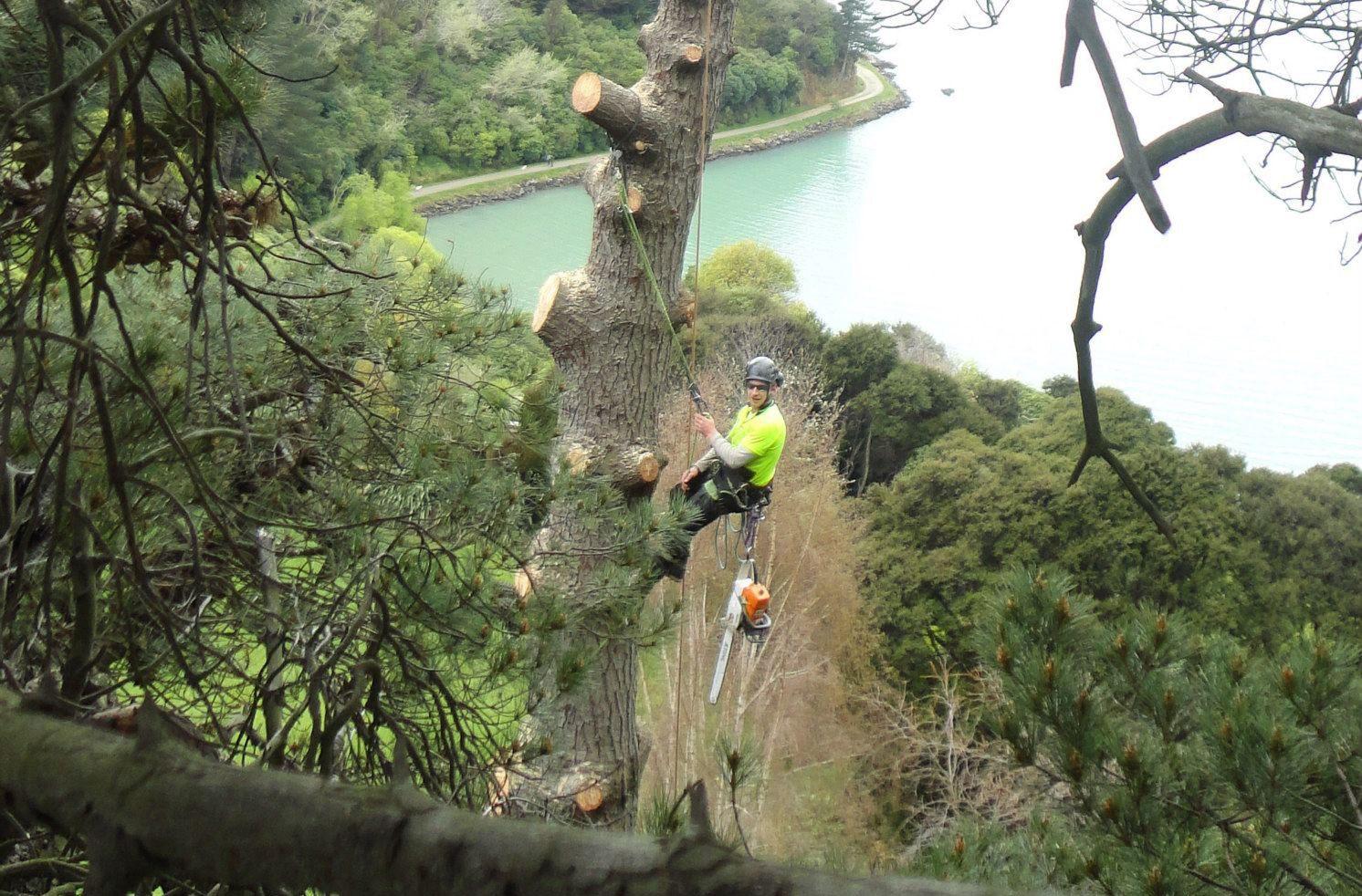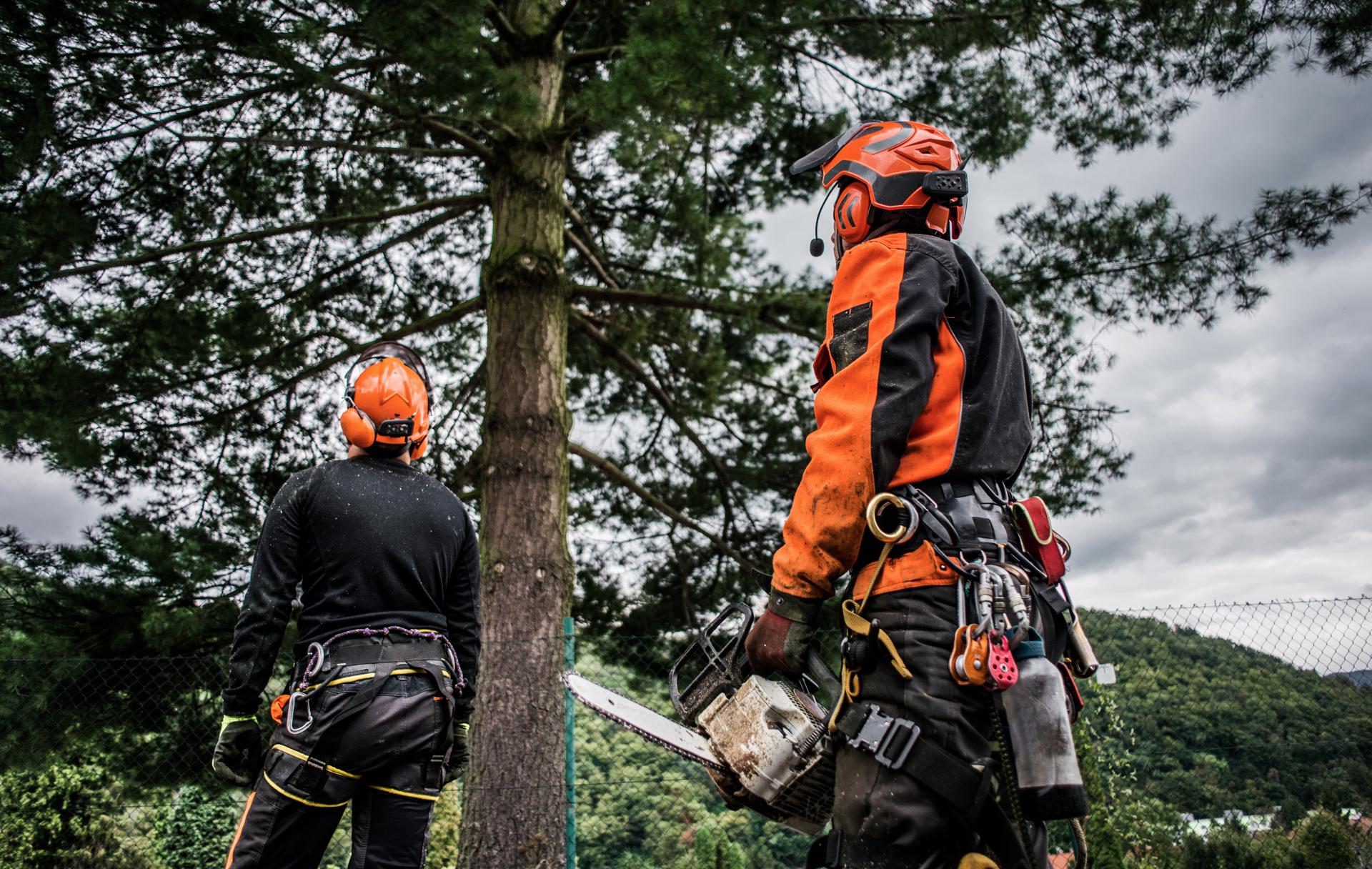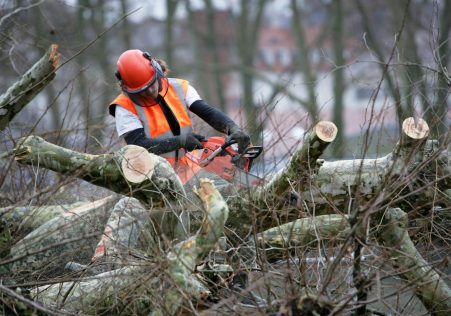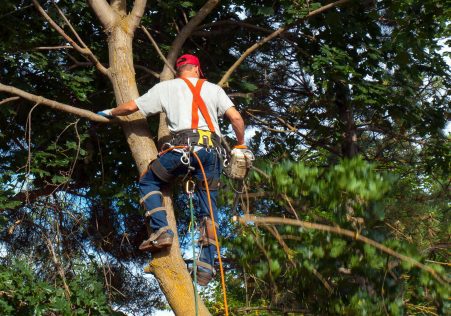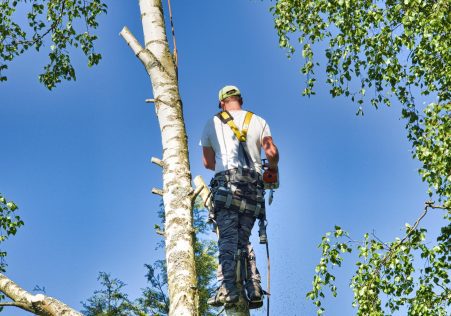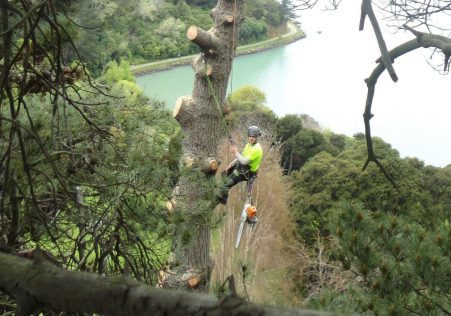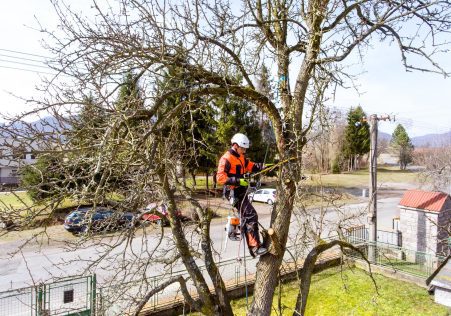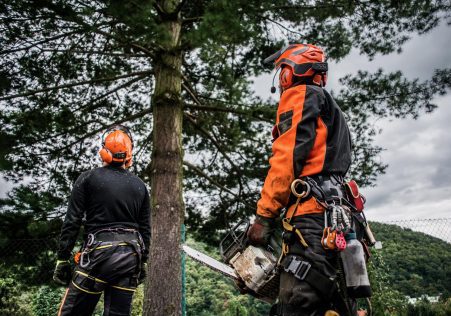Expert Advice on how to identify protected Trees within Parramatta
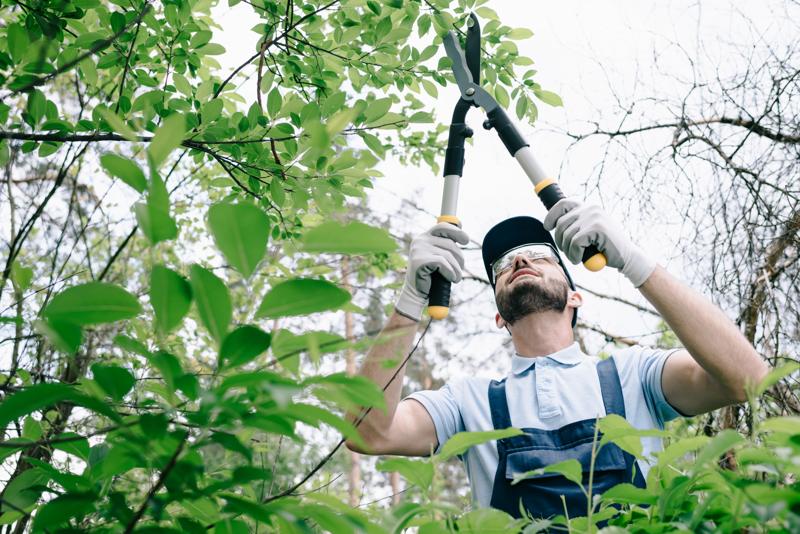
Trees play an important role in our environment, providing shade, clean air, and aesthetic value to our surroundings. However, not all trees are identical and some are granted extra protection status, which makes it illegal to perform any work without obtaining permission. If you’re thinking of having a tree removed, it’s essential to understand the status of protection for the tree being considered, and the steps you have to follow to be in compliance with the law. In this article, we’ll walk you through the steps to determine if the tree is secured and the steps you will need be doing to make sure you are following the law.
What is a protected tree?
A protected tree is one that has been subjected to certain laws and regulations and it is unlawful to do works on a tree without obtaining the necessary permissions. There are two kinds of protection that a tree might have: statutory protection and preservation orders.
Legal protection
Under the law trees are protected by laws and under the control of Tree Preservation Orders (TPOs). TPOs are issued by local authorities in order to protect trees with a significant public value and to ensure that they do not get damaged or destroyed.
Preservation orders
Preservation orders are similar to TPOs , but are put in place through the secretary of state for the Environment. Preservation orders for trees are considered to have exceptional worth and are therefore protected from any kind of work, including the felling.
How can I tell whether a tree is safe?
To determine if the tree is protected, you will need to verify if it’s in the process of being subject to an TPO or preservation order. This can be done by contacting the local authority and asking them to search their archives.
TPO search
If you want to find the TPO, you can contact your local Tree and Woodland officer at the local authority. They can inform you if the tree is protected. They will also be able to advise you on the next steps to take if the tree is in a protected area.
Preservation order search
In order to search for a preservation order you must contact secretary of state for Environment. They will tell you whether the tree is in the protected zone and provide you with the necessary information and guidance.
FAQs:
What happens if I carry out work on a tree that is protected without permission?
If you work on a tree that is protected without the appropriate permissions, you could face significant fines, and possibly even jail time.
Can I appeal to a TPO and/or preservation order?
You can appeal to a TPO or preservation order if it is unjustified. However, you will need to prove your claim and explain that it is not necessary to appeal the TPO or the preservation decision isn’t necessary.
Can I cut down a tree that is protected tree?
It is illegal to remove trees that are protected without the required permissions. If you need removal of the tree, you will need to apply for permission and provide proof to back your claim.
Conclusion
In the end, determining if the tree is protected is an essential aspect in ensuring that tree work is carried out legally. Understanding the different kinds of protection, and knowing how to determine if they are protected it is possible to be sure that you’re following the law and safeguarding the trees you care for. If you are unsure about the protection status of the tree you are in charge of, we suggest consulting an expert in tree care, such as Parramatta Tree Removal. Our experienced arborists will be able to advise you about the protection status of your trees and walk you through the necessary steps to make sure you’re following the laws. With our expertise and commitment to providing high-quality tree services, we can help you preserve the beauty and value of your trees. Contact us today by phone at 1300 636 143 to schedule a consultation, and let us assist you to ensure that your trees are protected and healthy.

